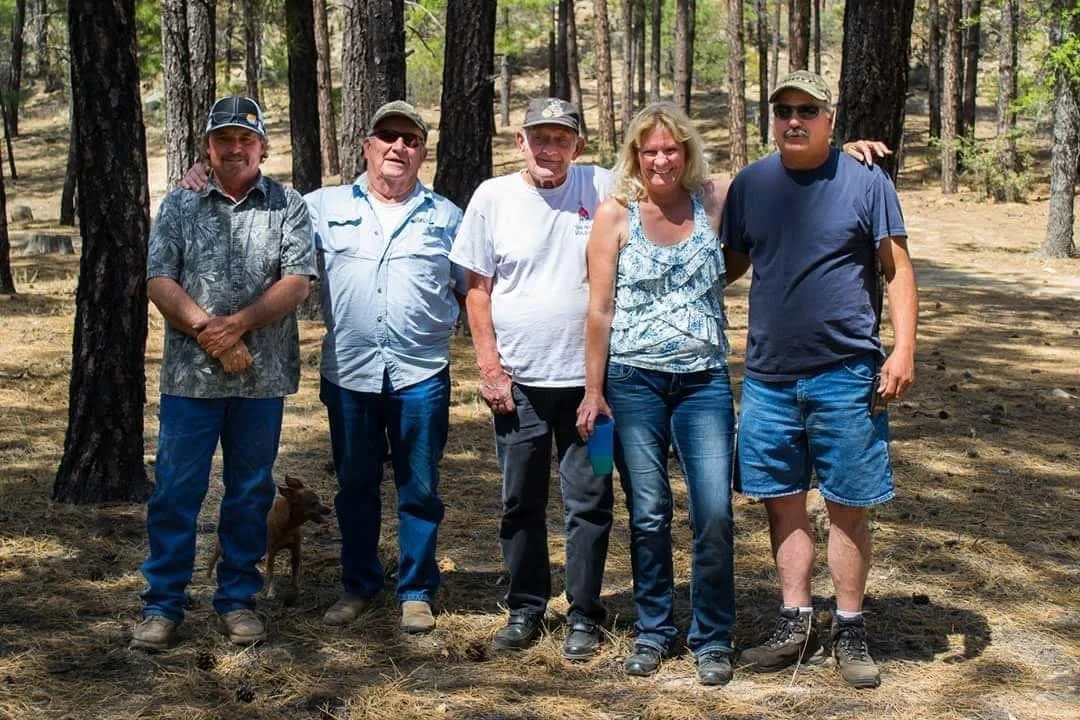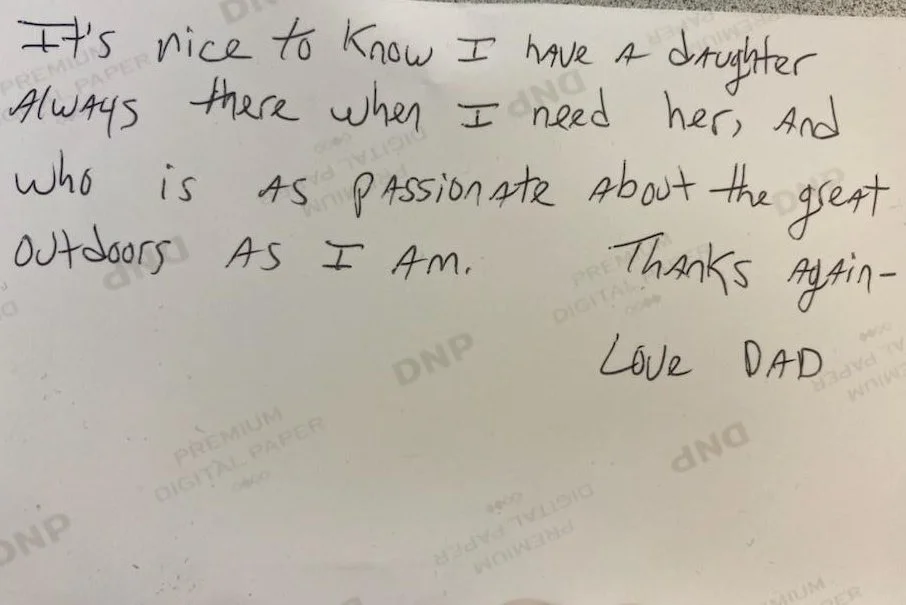Caping Skulls
Properly caping a skull to be mounted as a shoulder mount or life size mount is no easy task, especially if you have never done it before. A great way to practice this task is to get in contact with a local taxidermist and ask if you can practice caping skulls they receive that will be turned into european mounts. It is a win-win because you save them work and you can practice on a hide that can have mistakes because it will not be mounted. Some of the most challenging areas are around the bases of the horns, the ears, the eyes and the mouth. When caping a skull, you will want a small, sharp knife. I prefer a replaceable blade folding knife like a Havalon.
When skinning an animal you wish to have mounted, always leave your taxidermist with more, rather than less. For a shoulder mount, start at the mid body point, around the largest part of the stomach. Leave the taxidermist the full front legs as well.
To cape a skull, start by cutting the hide up the back of the neck, following the spine, and stopping just shy of the horns. Then turn your line into a ‘Y’ by making a cut up to the base of the horn on each side. The idea here is to keep your cuts hidden in the thicker hair on the back of the neck. This is also an area that is harder to see when mounted. From here you will skin the hide off the skull in the neck region and forward towards the eyes.
Once you reach the mouth region, you will fold the hide back onto the skull to expose the mouth. You will want to start by separating the bottom lip from the gums. Use your knife to make a cut just below the bottom teeth, then pull the lip down and follow the jaw staying close to the bone. You can skin it back to the throat at this point. Next you will work on the upper lip. Note there are no upper teeth so start your cut below the point of the skull bone, just inside the mouth. Remember in any case, taking more is better than taking less for your taxidermist. Again, staying as close to the bone as possible, begin skinning the lip off the skull back towards the corners of the mouth. You will notice the inner check is strange looking, but you will be leaving the cheek attached to the hide. Your next step will be to remove the nose. At the point of the skull, just under the nose, the skull has holes to allow the nasal cavity and sinuses to enter the skull. Again, staying close to the skull, you will make a flat cut through the cartilage from the point of the skull, across the holes, and up towards the eyes where the skull begins again.
Your next step will be to remove the hide from around the pedestal/ base of the horns. The skin here is extremely thick and tough, you will want to make sure to cut upwards towards the horn. You will have to work carefully to separate the skin away from the base of the horn without making unnecessary cuts into the hide. Once you make your way around both horns, skin forward towards the eyes. At this point the hide should be pulled over the nose of the animal, almost like a sock.
Getting around the eye is tricky. You will want to have your fingers in the eye lid constantly feeling for where you are making your cuts. Staying tight to the skull bone, pulling the hide away from the skull, the upper eye lid should remove easily away from the skull. When you move towards the bottom eye, you want to work slowly and make sure you are pulling all of the eye lid forward. You will need to cut almost up into the eye socket and may be surprised at how much skin, eye lid is in that region due to the tear ducts. Continue to skin towards the nose staying close to the skull. There is a pocket in the hide just under the eye where the tear duct is. Again, stay tight to the skull, and work your way up and around the tear duct. Do this on both sides, and skin down towards the nose and mouth.
At this point you can pull the hide back over the nose. The last important part to pay attention to is the corner of the mouth. As you skin the hide away from the skull, feel for the corner of the mouth. Again, the best rule of thumb is the stay as tight to the skull as possible and give more to the taxidermist than less. Start a far back from the corner of the mouth as possible feeling for those last teeth. Continue to skin down towards the nose to connect with the cuts you made while working on the lips and the nose.
When you are done skinning/ caping your animal, you want to fold or roll the hide up hair side out. Keep the hide cold and try to take it to the taxidermist as quick as possible. Your hide can and will rot as quickly as meat will if not kept cold. If you do not have the opportunity to take your hide to a taxidermist right away, place it in a clean trash bag and freeze it. Because ahide should be taken to a taxidermist as quick as possible to ensure good quality, I wouldn’t recommend leaving it frozen for more than a year.









